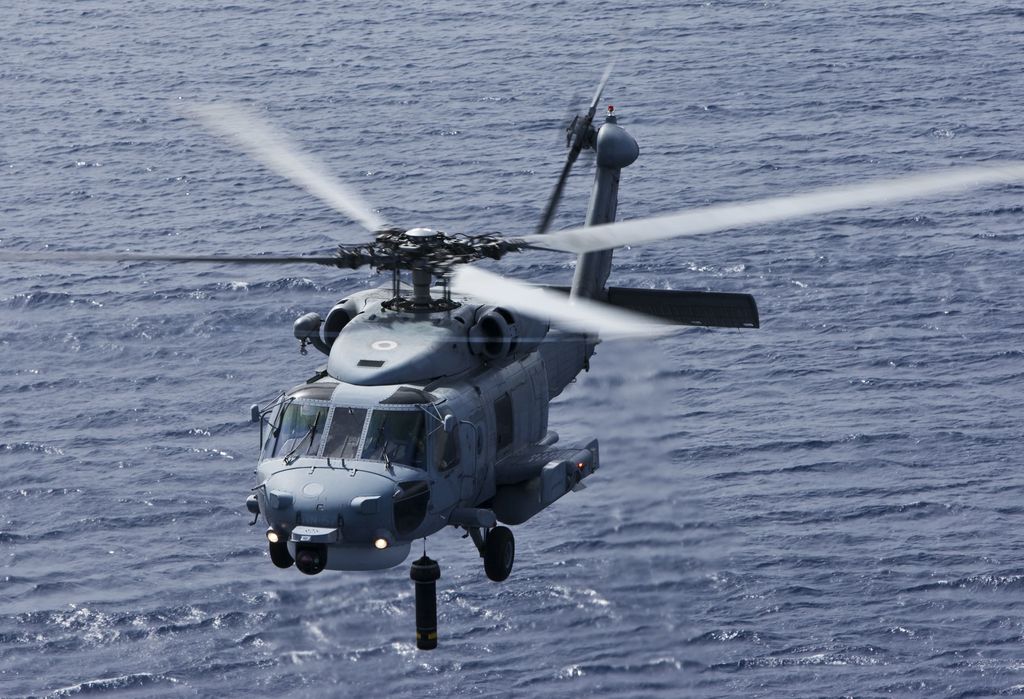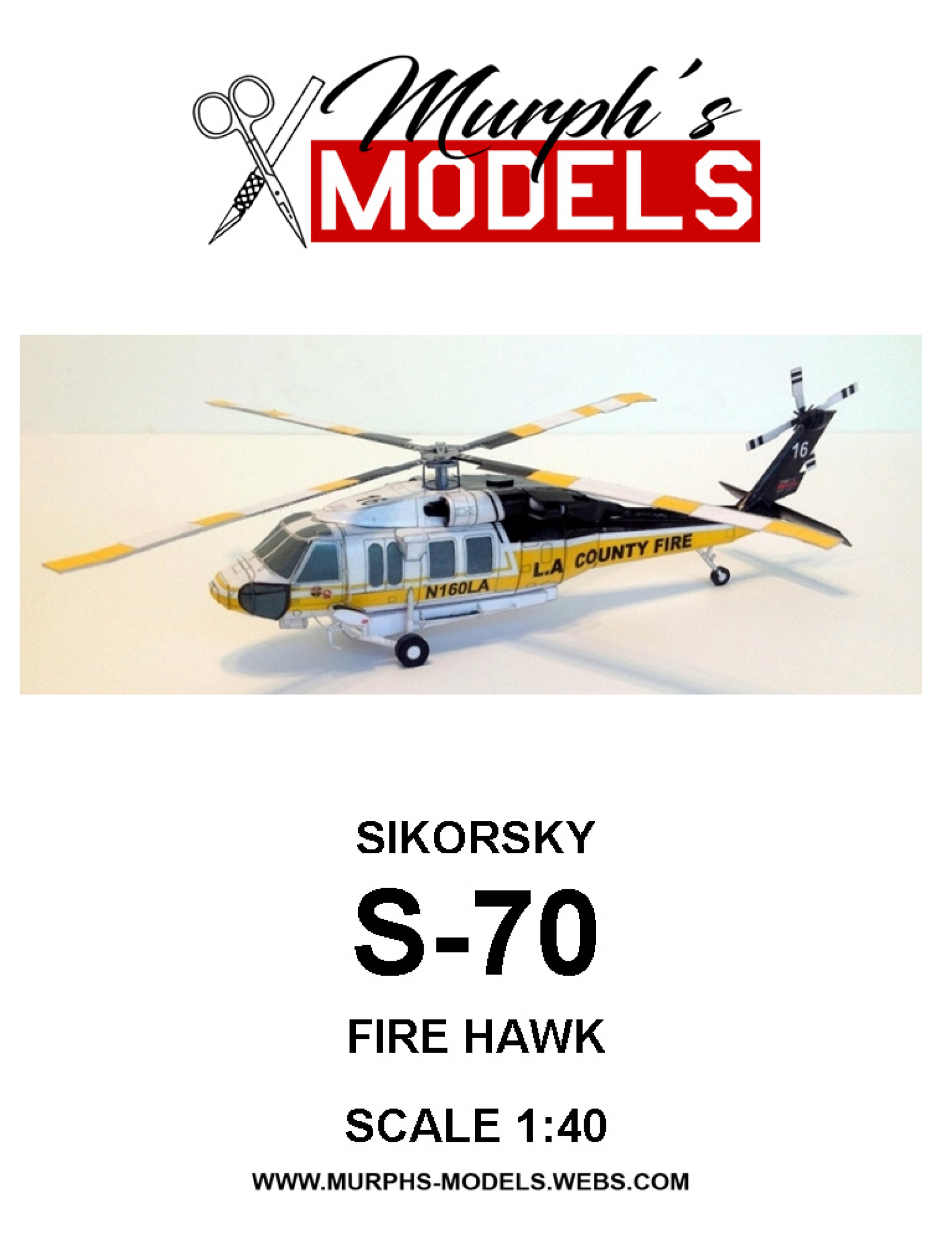Introducing the Sikorsky S 70: Innovations and Advances in Helicopter Engineering
Introducing the Sikorsky S 70: Innovations and Advances in Helicopter Engineering
Blog Article
High-Performance Multi-Role Rotorcraft Featuring Advanced Cabin Technologies and Integrated Sensing Unit Systems
The world of rotorcraft technology has seen significant innovations in current times, especially in the world of high-performance multi-role rotorcraft geared up with innovative cockpit technologies and flawlessly incorporated sensing unit systems. In the following conversation, we will explore the development of rotorcraft innovation, dig right into the world of innovative cockpit innovations, and analyze the implications of incorporated sensor systems on the operational versatility and performance of modern rotorcraft.
Evolution of Rotorcraft Technology
The development of rotorcraft technology has actually been marked by significant innovations in the rules of aerodynamics, materials, and propulsion systems, forming the capabilities and performance of modern-day rotorcraft. Aerodynamic renovations have boosted the effectiveness and ability to move of rotorcraft, enabling boosted speed, dexterity, and security during trip (sikorsky s 70). Developments in materials, such as the use of composite materials and progressed alloys, have brought about lighter yet stronger rotorcraft structures, enhancing total performance and toughness. Furthermore, improvements in propulsion systems, consisting of more effective engines and cutting-edge propulsion technologies, have enabled rotorcraft to attain greater altitudes, faster rates, and greater hauls.
These developments have not only transformed the capacities of rotorcraft however have likewise expanded their applications across different markets, including armed forces, business, and emergency solutions. The continual development of rotorcraft innovation remains to drive development in the field, pressing the borders of what is feasible and shaping the future of upright trip.
Advanced Cockpit Innovations
Structure upon the fundamental improvements in aerodynamics, materials, and propulsion systems, the realm of rotorcraft technology currently moves emphasis towards pioneering Advanced Cockpit Innovations. The integration of advanced modern technologies within the cabin atmosphere plays a crucial duty in improving the functional abilities, safety, and effectiveness of contemporary rotorcraft. sikorsky s 70. Advanced Cockpit Innovations incorporate a wide array of attributes developed to offer pilots with enhanced situational understanding, structured information administration, and instinctive control interfaces
Among the vital developments in cabin design is the implementation of glass cabins, which replace conventional analog evaluates with high-resolution display screens. These electronic systems provide adjustable layouts, real-time data integration, and boosted readability, allowing pilots to gain access to critical details at a look. Moreover, progressed avionics systems, such as fly-by-wire controls and enhanced truth display screens, are revolutionizing just how pilots connect with the airplane, permitting accurate control and improved decision-making abilities.


Integrating advanced cabin developments not just improves pilot performance but also adds to total mission performance and safety and security in intricate functional settings. By leveraging state-of-the-art innovations within the cockpit, rotorcraft producers are establishing brand-new standards for operational excellence and objective success.
Integrated Sensing Unit Systems
With the development of rotorcraft modern technology, the integration of innovative Integrated Sensor Systems has ended up being extremely important in boosting functional effectiveness and security. These Integrated Sensing unit Solutions incorporate a vast selection of innovations that give critical information for numerous features such as navigation, surveillance, targeting, and ecological tracking. By flawlessly visit our website incorporating sensing units like radars, video cameras, lidar, and infrared systems right into rotorcraft, operators can benefit from enhanced situational awareness, enhanced goal abilities, and lowered pilot workload.
One trick advantage of Integrated Sensing unit Systems is their capacity to collect real-time data and provide workable insights to pilots and mission operators. Progressed radar systems can spot and track targets over long ranges, permitting for early threat discovery and reliable response planning. Furthermore, incorporating electro-optical and infrared cams makes it possible for rotorcraft to perform reconnaissance and surveillance objectives with accuracy and accuracy.
Essentially, the integration of innovative sensor innovations into rotorcraft not just enhances operational performance yet likewise adds considerably to general objective success and team safety. As rotorcraft remain to progress, the role of Integrated Sensing unit Solution will certainly stay at the forefront of development in the aerospace industry.
Operational Convenience and Effectiveness
Enhancing operational convenience and performance in rotorcraft is a natural progression from the combination of advanced Integrated Sensing unit Systems. By leveraging the information and insights offered by these advanced sensing unit systems, rotorcraft can maximize their efficiency throughout numerous missions and settings.
Functional convenience encompasses the capability of rotorcraft to adapt to various roles and situations successfully. With advanced cockpit technologies and incorporated sensor systems, rotorcraft can flawlessly change in between tasks such as search and rescue, clinical discharge, surveillance, and much more. This versatility boosts the rotorcraft's ability to fulfill diverse functional demands without needing substantial reconfiguration.
Performance in rotorcraft procedures is crucial for making best use of objective efficiency and resource use. Integrated sensing unit systems play an essential role in improving functional performance by providing real-time information browse around here on climate condition, surface mapping, target tracking, and much more. This information enables pilots to make educated decisions swiftly, optimize trip paths, conserve gas, and improve general mission efficiency.
Influence on Modern Aeronautics Operations

Moreover, the combination of advanced sensors promotes enhanced mission planning and implementation, enabling rotorcraft to execute a large array of tasks with improved precision. From search and rescue operations to airborne firefighting and law enforcement objectives, the capabilities of modern rotorcraft furnished with advanced cabin technologies and incorporated sensing unit systems are unequaled.
Moreover, the influence of these improvements extends past functional efficiency to cost-effectiveness and sustainability. By enhancing trip courses, gas consumption, and maintenance routines, high-performance rotorcraft outfitted with advanced cabin modern technologies and sensing units contribute to lowering operational costs and environmental effect, making them crucial assets in modern aviation operations.
Verdict
In final thought, the high-performance multi-role rotorcraft with sophisticated cockpit innovations and incorporated sensing unit systems stands for a substantial evolution in air travel innovation. These advancements boost operational adaptability and effectiveness, check my source eventually affecting modern-day aeronautics procedures in a positive way. The combination of these innovative innovations enables for boosted capacities and efficiency in different mission scenarios, showcasing the proceeded innovation of rotorcraft technology in the aeronautics market.
The realm of rotorcraft modern technology has seen notable developments in recent times, specifically in the world of high-performance multi-role rotorcraft outfitted with sophisticated cabin technologies and seamlessly integrated sensing unit systems. From improved mission convenience to improved functional effectiveness, the convergence of sophisticated cockpit technologies and incorporated sensor systems has actually ushered in a brand-new period of possibilities for rotorcraft applications. In the following discussion, we will explore the development of rotorcraft technology, delve right into the realm of sophisticated cabin technologies, and check out the implications of incorporated sensing unit systems on the functional flexibility and performance of modern rotorcraft.

Report this page